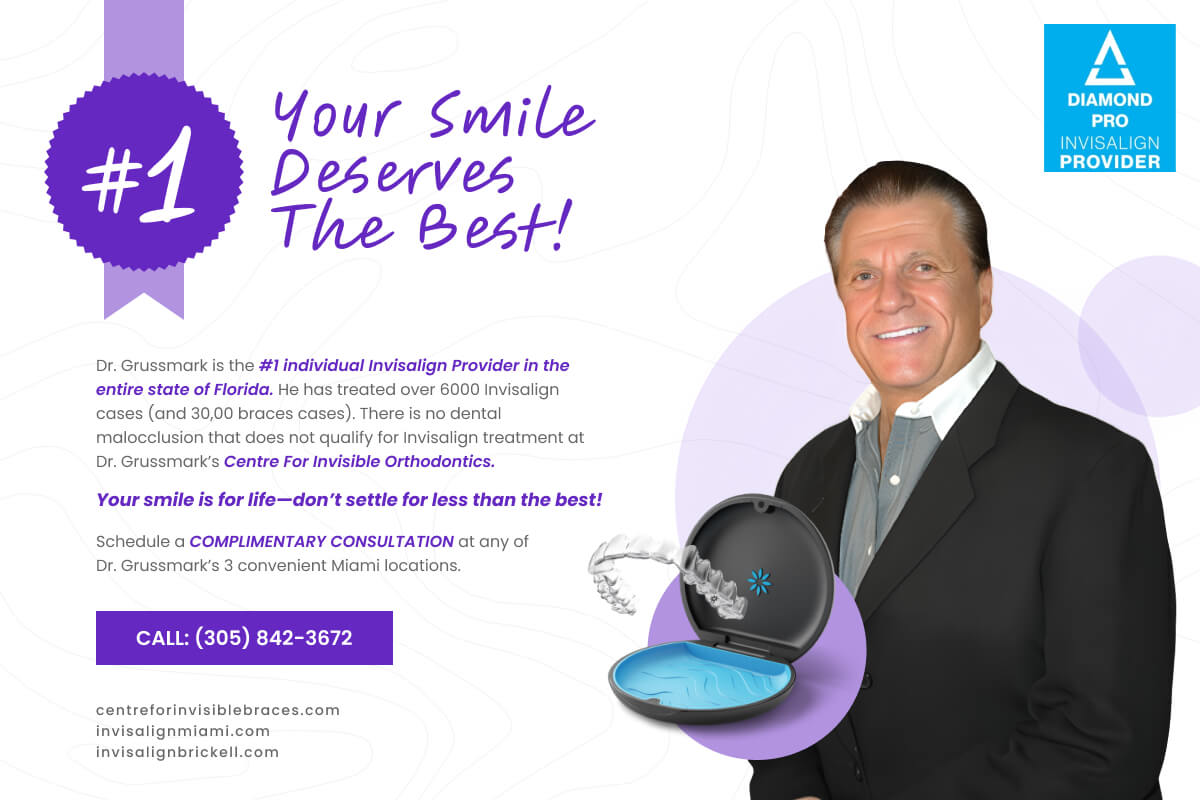

Choosing options for teeth correction in a child doesn’t have to be a difficult decision for the parent. Once your dentist determines the proper path to take, after an evaluation of all the factors where braces are necessary, the next step is less challenging. Reducing dental anxiety in a child is first and foremost. How their peers see their smile is a major factor in whether to have your child fitted for regular wire braces or the latest wave of Invisalign technology.
Invisalign
This is the alternative to wire braces by using transparent aligners to adjust the teeth. The benefit of these incremental aligners is not only do they correct orthodontic problems and straighten a child’s teeth, but the Invisalign trays can be removed when eating or biting forcefully. In the hands of a skilled orthodontist, Invisalign treatment can be highly successful and accommodating for the child. Here’s how it works:
-It begins with a scan of your smile. The dentist captures a 3-D image of your teeth and then previews that image for you to determine what your new smile will look like.
-Once the digital plan is finalized, your custom aligners are made using a state-of-the-art printing process.
-After they are fitted, you are ready to pick up your first aligners. Ask questions. Let the orthodontist know what you need and they will give you answers to what your child can expect.
-A caveat with children receiving Invisalign orthodonticsis whether or not they still have baby teeth. The teeth need to grow in adequately to be fit for Invisalign.
-Unlike traditional wire braces, Invisalign requires several reviews of the fitted trays before they are officially made. After roughly four weeks have passed and the teeth impressions of the child are done, straightening of their teeth is ready to begin.
-The youngster wears the Invisalign aligners for two weeks at a time, until the teeth move so that they match the tray. Afterwards, the dentist changes the trays out for the next set in the series. If a child has crowded front teeth, the process from impression to trays made to the final fitting will go through a period of readjustments until the teeth are aiming towards the perfect smile.
Wire Dental Braces
The end result is for the application of the braces to move the teeth as a result of pressure and force on the teeth. Braces have constant pressure, and over time, will move each tooth (or teeth) into their desired positions, as the periodontal membrane stretches on one side and is compressed on the other.
-Dr. Grussmark will create an orthodontic treatment plan for your child.
-He then will make a plaster cast of the teeth as the first step.
-As part of the treatment planning stage, a child and parent can choose what type of braces would work best, whether it be the traditional metal ones, or clear braces, or colored ones. The latter does make your appearance younger, therefore it depends on the age of the child and whether it will help their confidence or harm it.
-The rubber bands involved with standard braces are to secure them into place. There are two types of rubber bands: the little bands the dentist attaches to hold the wire in the brackets, and the bands that are placed around several brackets or attached to little posts that jut out of certain brackets.
-A child then has to replace the rubber bands after every meal. This is something that takes getting used to in the beginning, until they adapt to the routine.
-Lastly, a child must visit their orthodontist periodically throughout treatment to have the braces adjusted. This is on a case by case basis, yet the outcome is to gradually adjust the teeth into the new desired position.
-When it’s time for the braces to come off, sometimes after six months, there will be periodic checks by the orthodontist to ensure the teeth are properly straightened. If not, they will need to be worn for another six months. But when the dentist does finally remove them, your child feels great and their teeth look great too!
Final Thoughts
Whether the choice is made to opt for wire metal braces or Invisalign orthodontic, the end result will also depend on aftercare. Brushing and flossing twice daily, regular visits to your dentist, and monitoring foods that could potentially harm the teeth by staining or cracking, are to be adhered to after the child’s smile is restored. Dr. Grussmark has everything you need to know about your child’s tooth development. He will devise a safe and secure plan that will demonstrate the effectiveness of teeth correction at a young age. His skilled team of professionals are ready to greet you at their Miami, FL location and show you why they are the best Invisalign treatment center in the city. Contact Centre for Invisible Orthodontics today, and send your youth out into the world with a beautiful long lasting smile!


